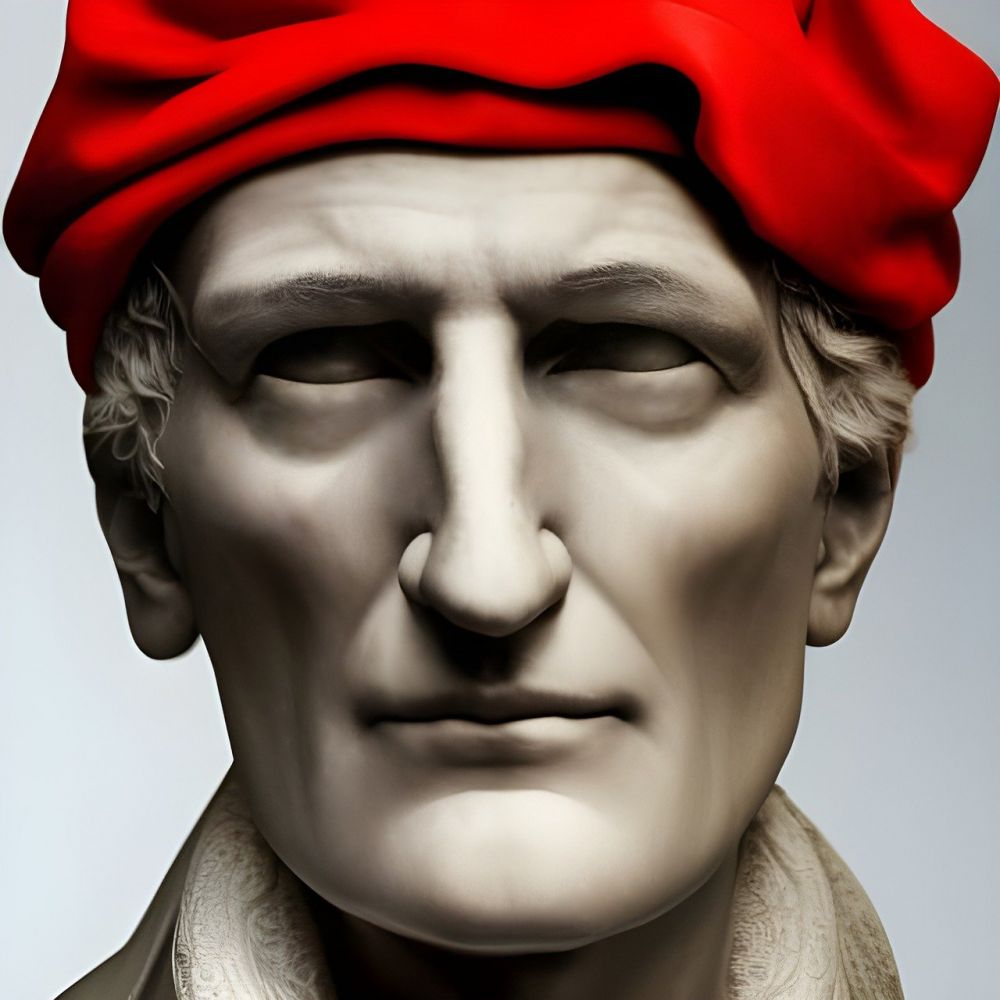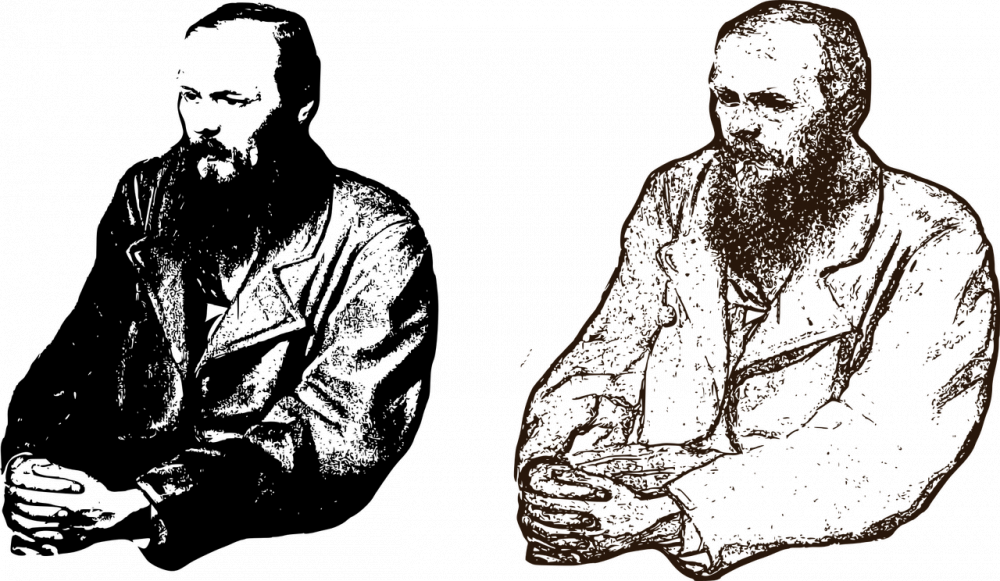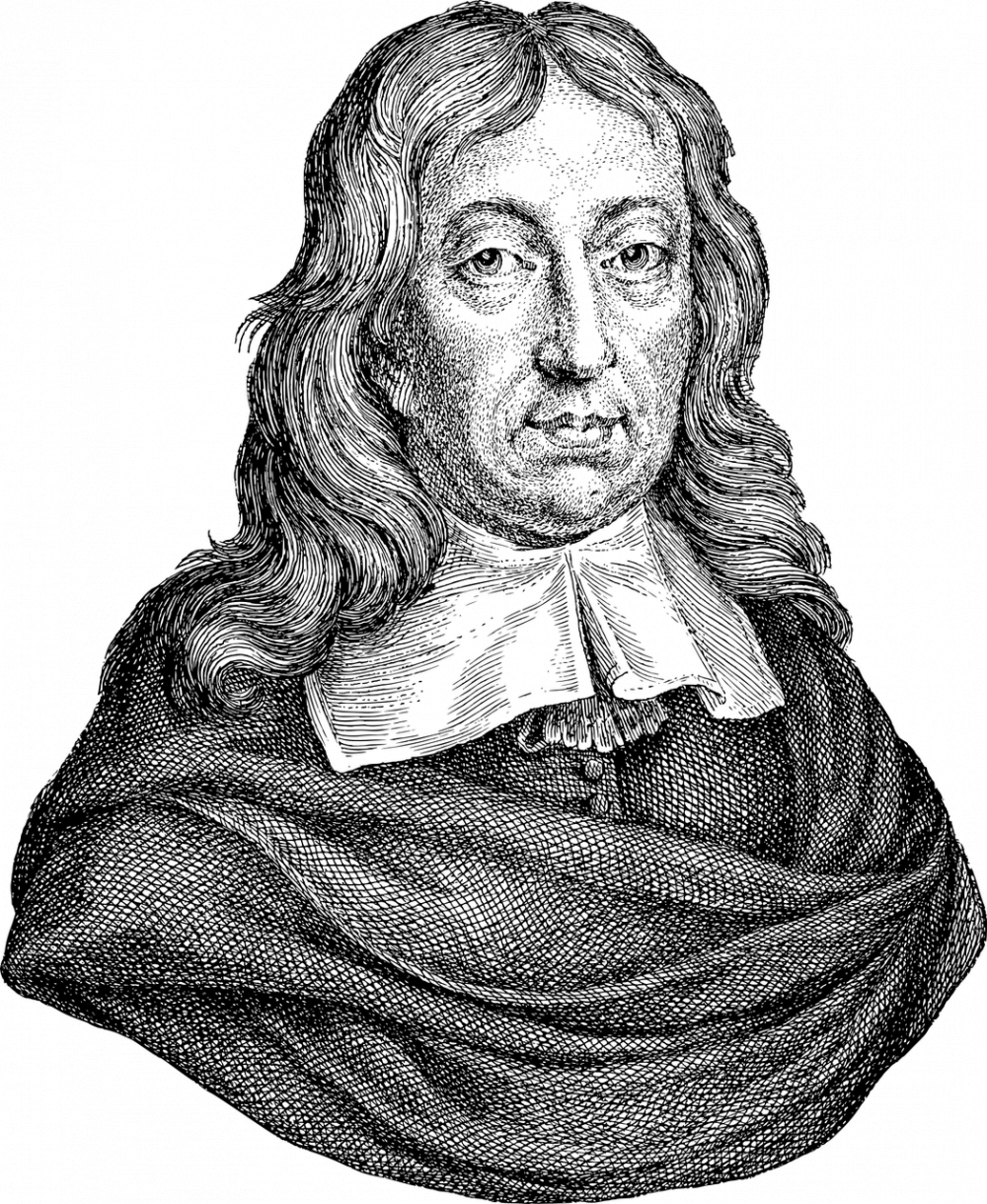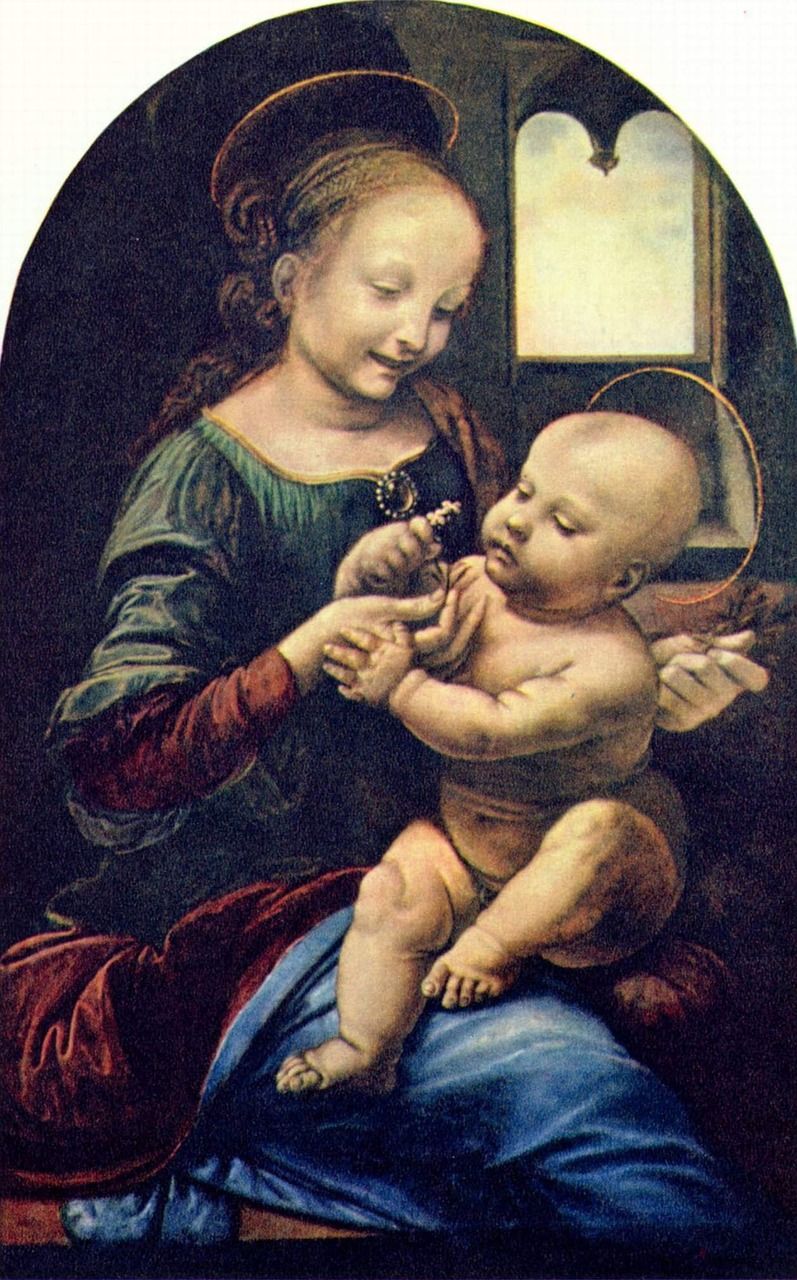H

C. Andersen’s novella “Skyggen” (The Shadow) is a captivating and thought-provoking story that has intrigued literature enthusiasts and art connoisseurs for centuries. In this article, we will delve into the essence of “Skyggen” and explore its historical evolution, uncovering its significance in the realm of literature and art.
Introduction to .C. Andersen’s “Skyggen”
“Skyggen” is a tale that transports readers into a world where shadows hold a different meaning altogether. Written by the Danish literary icon, Hans Christian Andersen, this intriguing novella was first published in 1847. The story revolves around a philosopher who loses his shadow, which then takes on a life of its own. This fantastical plot serves as a metaphorical exploration of identity, conformity, and the pursuit of true selfhood.
Historical Evolution of “Skyggen”

“Skyggen” emerged during the Romantic period in literature, where authors sought to break free from the norms and conventions of society. Hans Christian Andersen, often celebrated as one of the most prominent figures of Danish literature, used this story as a means to challenge societal expectations and explore existential themes.
Initially, Andersen’s work received mixed reviews, as critics struggled to categorize it within established literary genres. Nevertheless, “Skyggen” gradually gained popularity, finding resonance among those who appreciated the author’s ability to meld rich fantasy with deeper philosophical inquiries.
Over time, “Skyggen” became recognized as a significant piece within Andersen’s extensive body of work. Its exploration of the human psyche and the intricate dance between reality and illusion resonated with readers, firmly establishing its place in literary history.
Features of “Skyggen”
– Exploration of Identity: “Skyggen” delves into the concept of identity, questioning the impact of societal norms and expectations on an individual’s sense of self. The protagonist’s journey to reclaim his shadow forces readers to reflect on their own quest for authenticity and self-discovery.
– Symbolism: Andersen masterfully employs symbolism throughout the novella, with the shadow symbolizing various interpretations. It represents suppressed desires, the subconscious, and the consequences of denying one’s true nature. Such layered symbolism adds depth and richness to the narrative.
– Interplay of Light and Darkness: Light and darkness play a crucial role in “Skyggen,” highlighting the dichotomy between societal expectations and personal desires. The shadow, representing the protagonist’s suppressed desires, thrives in darkness, while light represents conformity and societal norms.
– Social Commentary: “Skyggen” serves as a social commentary on the societal pressures that can trap individuals in a cycle of conformity and self-denial. Andersen’s narrative probes the consequences that arise when individuals suppress their true selves to meet societal expectations.
– Existential Themes: Undertones of existentialist philosophy permeate “Skyggen.” The protagonist’s quest for significance, the elusive nature of identity, and the exploration of the human condition make it a gripping read for those who appreciate philosophical introspection.
In conclusion, H.C. Andersen’s “Skyggen” intricately weaves together elements of fantasy, philosophy, and social issues, making it a timeless piece of literature. Through its exploration of identity, symbolism, and existential themes, the novella invites readers to introspect and question societal norms. Its historical significance within the Romantic period adds another layer of admiration for this remarkable literary work. Within the world of art, collectors and enthusiasts continue to appreciate the profound impact “Skyggen” has had on both literature and the broader cultural landscape.





